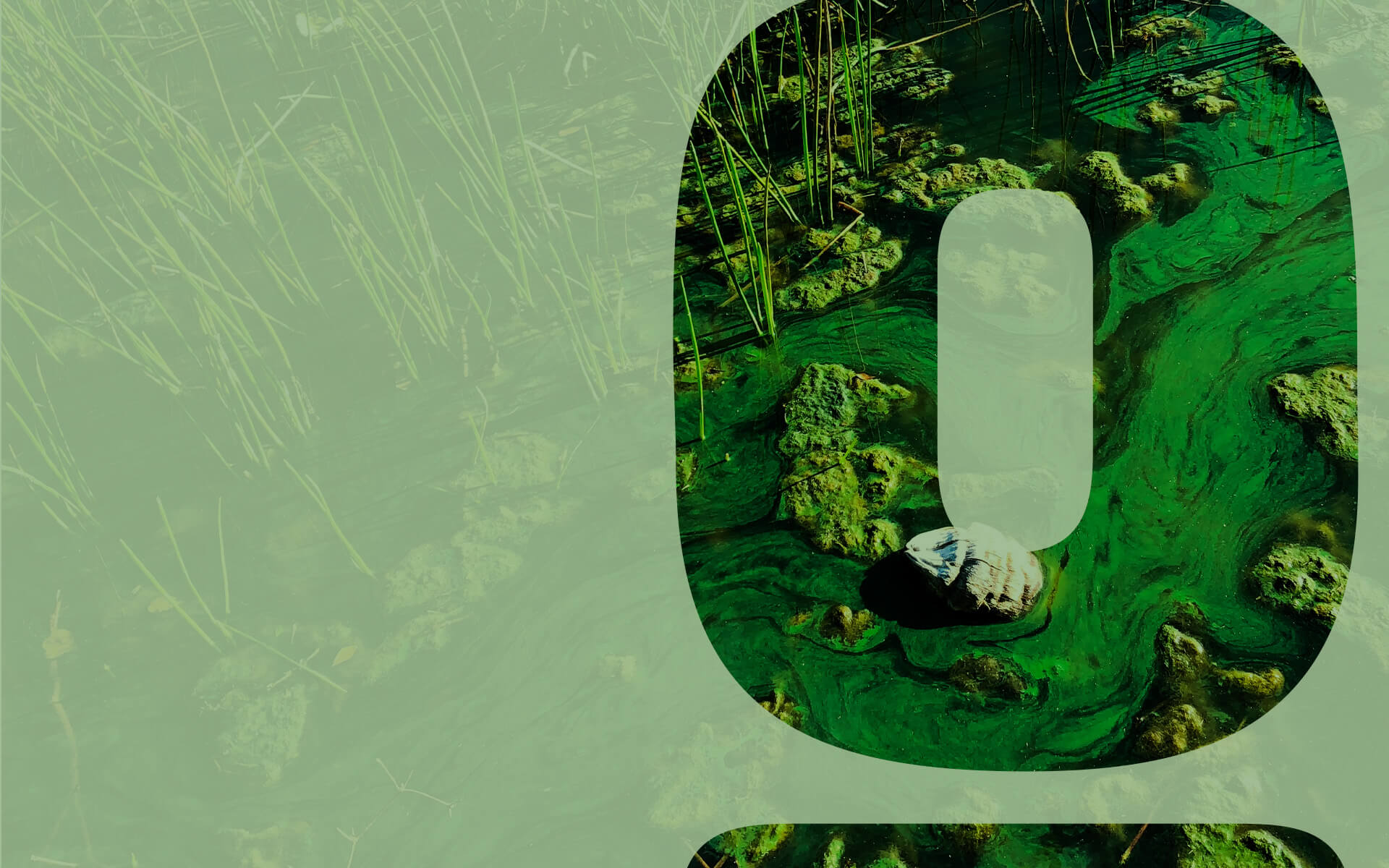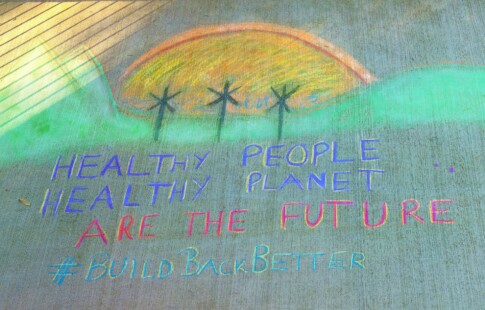
What is Cultural Eutrophication?
We are reader-supported. When you buy through links on our site, we may earn affiliate commission.
Environmentalists are targeting the global agricultural and water treatment sectors. They identify challenges with water pollution and identify effective conservation techniques. One significant freshwater pollution occurrence involves algal blooms.
Eutrophication causes adverse environmental effects on marine ecosystems. The ecological impacts also work their way up the food chain and affect humanity. Individuals may question, “what is cultural eutrophication” before establishing preservation tactics.
Why Are Environmentalists Concerned About Water?
Climate change and other human-caused ecological effects are degrading Earth’s most precious resource. Environmentalists are studying water conservation techniques to minimize adverse effects. Only about 0.5% of the planet’s freshwater supply is available to humanity.
Individuals must preserve the available water sources to protect their health and well-being. Reducing general water pollution is also essential to the global ecosystem because all species rely on water directly or indirectly. Preventing eutrophication is an essential aspect of water conservation practices.
What is Cultural Eutrophication?
Cultural eutrophication signifies humanity’s effects on aquatic ecosystems. It occurs when rainwater interacts with agricultural lands, landfills and sewage treatment centers. Stormwater may carry nitrogen and phosphorus-rich materials into lakes, streams and the ocean.
Cultural eutrophication is influenced by a number of human-related factors, but that also means humans have the ability to repair the damage done to aquatic ecosystems.
What Causes Cultural Eutrophication?
Cultural eutrophication occurs when the runoff pollutes natural water sources, it creates algal blooms. Eutrophication is a natural growth process in fresh- and saltwater. Cultural eutrophication represents human-caused pollution speeding up algal blooms.
Algae deplete aquatic oxygen supplies as it grows. Most marine species rely on consistent and abundant oxygen levels to support their health and well-being. Cultural eutrophication may cause forced migration, which displaces species from their habitats, food sources and communities.
Individuals must reduce nitrogen and phosphorus pollution to protect marine ecosystems. Most contaminated runoff comes from the agricultural sector and environmentalists search for conservation methods. There are three ways professionals can protect global water supplies from cultural eutrophication.
Mandating Organic Agriculture
After answering the question, “What is cultural eutrophication,” agricultural professionals may begin limiting their contributions. Government officials can also set agricultural regulations to prevent toxic runoff. They may mandate organic farming practices to minimize pollution from synthetic fertilizers and pesticides.
Organic farming responds to local conditions and integrates natural growth processes into agricultural production. The practices promote ecological balance without degrading or exploiting natural resources. Organic farmers can decrease cultural eutrophication by using natural pesticides and soil preservation tactics.
Individuals can protect their crops from plant lice by planting mint and cilantro around their fields. They may also place aluminum foil on plants’ stems to reflect light onto the pests and scare them away. Agricultural professionals can also prevent ants from invading crop fields using dried spices.
Farmers can place cinnamon sticks, paprika, chili peppers, cloves and coffee grounds around crops to ward off ants. Individuals may also treat ant hills by squeezing lemon juice over the mound. They can also place a lemon peel over the point of entry.
Using Floatovoltaic Solar Panels
Environmentalists may also protect water supplies from eutrophication using floating photovoltaic (floatovoltaic) solar panels. Cultural eutrophication speeds up when nitrogen and phosphorus interact with sunlight. Engineers developed floatovoltic panels to protect water from solar radiation.
Individuals can also use the panels to produce emission-free electricity. Ocean warming is one reason eutrophication is speeding up. Reducing climate change effects with sustainable power sources can prevent ocean temperatures from rising.
Floatovoltaic panels work by converting sunlight into direct electricity supplies. They rely on the water below to cool off and maintain high-efficiency rates. Preventing light exposure and atmospheric emissions can effectively minimize cultural eutrophication.
Installing Rainwater Harvesting Systems
The third conversation technique preventing cultural eutrophication involves rainwater harvesting systems. Rainwater harvesting devices capture runoff on properties before they interact with contaminants. The systems collect rainwater and snowmelt in conventional barrels.
An electric pump moves the water through filtration systems to remove impurities. Individuals can use the purified water to clean, bath and consume, which reduces freshwater exploitation. Collecting and processing stormwater prevents it from polluting the ocean.
The Benefits of Water Reclamation
Water reclamation may effectively reduce cultural eutrophication and other forms of ecological degradation. One benefit of recycling water is natural habitat preservation. The practice may protect wetlands from water diversion to maintain aquatic ecosystems.
Another benefit of water reclamation is energy conservation. Pumping, transporting, filtering and distributing clean water produces greenhouse gas emissions. Recycling water and reducing emissions may effectively prevent climate change effects.
Increasing Society’s Eutrophication Awareness
Individuals can do their part to prevent cultural eutrophication. They may educate their peers and local government officials about the adverse impacts of water pollution. You can also improve ecological conditions by voting for change in local elections.
Share on
Like what you read? Join other Environment.co readers!
Get the latest updates on our planet by subscribing to the Environment.co newsletter!
About the author
Jane Marsh
Starting from an early age, Jane Marsh loved all animals and became a budding environmentalist. Now, Jane works as the Editor-in-Chief of Environment.co where she covers topics related to climate policy, renewable energy, the food industry, and more.





